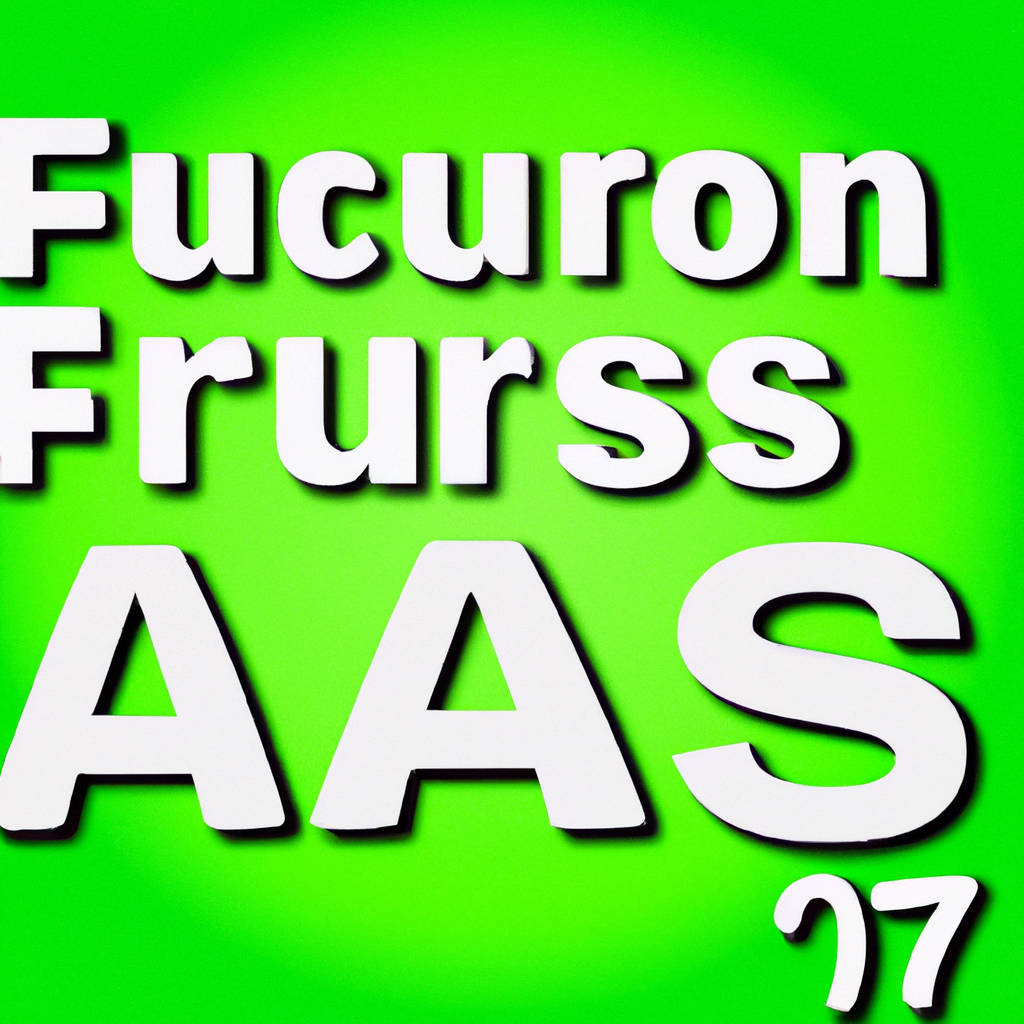Vinegar is a versatile liquid that is produced through the fermentation of ethanol by acetic acid bacteria. It is widely used in cooking, not only for its flavor-enhancing properties but also for its numerous health benefits. The process of making vinegar involves two stages: the first is the fermentation of sugars by yeast into alcohol, and the second involves the conversion of this alcohol into vinegar by acetic acid bacteria. Vinegar’s distinctive sour taste and pungent smell are due to the acetic and other acids it contains.
There are several types of vinegar, including apple cider, balsamic, red and white wine, rice, and distilled white, each with unique characteristics and uses. Additionally, vinegar is also used in several cleaning, gardening, and health applications due to its antimicrobial and pH balancing properties. It’s worth noting that the word “vinegar” comes from the French phrase “vin aigre”, which directly translates to “sour wine”.

Vinegar’s Impact on Health
Vinegar, especially apple cider vinegar, has been lauded for its potential health benefits in recent years. This versatile substance, often used in cooking and cleaning, is also believed to have several positive impacts on human health. Research suggests that vinegar could play a significant role in managing blood sugar levels, particularly for individuals diagnosed with type 2 diabetes. It may help to slow the absorption of sugar into the bloodstream, preventing sudden spikes and crashes that can lead to other health complications. Furthermore, vinegar’s acetic acid content is believed to aid in weight loss by promoting feelings of fullness and reducing the overall amount of food consumed. Additionally, it is thought to boost digestive health by increasing stomach acid and improving the body’s ability to absorb essential nutrients. Vinegar also contains polyphenols, plant-based antioxidants that are known to reduce the risk of heart disease and certain types of cancer. Despite these potential benefits, it is important to note that vinegar should be consumed in moderation. High consumption can lead to digestive issues and may negatively affect tooth enamel due to its acidity. Moreover, while vinegar can complement medical treatment, it should not replace professional medical advice or prescribed medication. More comprehensive research is needed to fully understand and confirm the health impacts of vinegar, but its potential as a natural health booster is indeed promising. Thus, incorporating a reasonable amount of vinegar into a balanced diet could potentially contribute to improved overall health.
Essential Elements
Essential elements refer to the fundamental components or ingredients necessary for the existence, sustainability, or functionality of an entity, process, or concept. In the natural world, for example, essential elements such as oxygen, hydrogen, and carbon are vital for life. These elements make up the building blocks of all life forms, comprising the water we drink, the air we breathe, and the food we consume. In the realm of chemistry, essential elements constitute the periodic table, each holding unique properties and combining in various ways to form countless compounds.
In the field of education, essential elements could represent the core subjects and skills that every student must master to ensure comprehensive learning and development. These can include mathematical proficiency, scientific literacy, linguistic skills, and socio-emotional capabilities. Each of these components is crucial in molding well-rounded individuals capable of thriving in society.
In business, essential elements may refer to the strategic components that drive success. These can include a clear vision, a unique selling proposition, a strong team, robust systems and processes, and excellent customer service. These elements, when combined effectively, can propel an organization towards its goals and objectives.
In literature, essential elements refer to the plot, characters, setting, conflict, and resolution that construct a cohesive narrative. Each of these components plays a crucial role in captivating the reader and delivering a compelling story.
In the world of art, essential elements are the building blocks of all artworks. They include line, shape, form, color, value, space, and texture. Each element contributes to the overall visual impression, evoking emotions, and communicating ideas.
Essential elements, regardless of the context, are indispensable components that contribute significantly to the overall structure, function, and success of a system, process, or entity. They are the ‘must-haves’ that ensure the smooth operation and effectiveness of whatever they are a part of.

Usage Tips
Usage tips can often be found in manuals, guidebooks, and online tutorials. They provide recommendations and suggestions to help individuals navigate through a process, operate a device, or use a service. These tips are designed to enhance the user’s experience, ensuring that they derive the maximum benefit from the product or service. They offer step-by-step guidelines, advice on potential challenges one might encounter, and ways to overcome or avoid these difficulties. They also often include safety precautions to protect the user and those around them. They are an essential resource for first-time users, but even those who are already familiar with the product or service can benefit from these suggestions, as they can help to optimize the usage and improve efficiency. Therefore, it is strongly advisable to read and follow these tips before embarking on the use of a new product or service. It is also crucial to understand that these tips are not absolute rules, but rather guidelines that can be adjusted according to one’s personal needs and circumstances. Remember, the ultimate goal of these tips is to ensure a smooth, enjoyable, and safe experience for the user.
Fun Facts
Fun facts are intriguing snippets of information that provide a fascinating insight into a myriad of subjects, ranging from the animal kingdom to outer space, from historical events to geographical wonders. These tidbits of knowledge stir curiosity, stimulate intellectual conversation, and can even break the ice in social situations. For instance, did you know that an octopus has three hearts? Or that honey never spoils? The world is teeming with these delightful surprises, waiting to be discovered and shared. Fun facts can be an engaging tool for educators, as they have the power to make learning more enjoyable and memorable.
They also stimulate our brains, encouraging us to delve deeper and learn more about the subjects that pique our interest. Furthermore, they provide a unique perspective on the world around us, often revealing the extraordinary in the ordinary. For example, the fact that a single strand of spider silk is stronger than steel of the same thickness is a testament to the wonders of nature. Or consider that a day on Venus is longer than a year on Earth, reminding us of the vastness and diversity of our universe. Fun facts also have a way of connecting us to different cultures, as they shed light on unique traditions, cuisines, and lifestyles. For instance, it’s fascinating to learn that in Japan, there is a ‘thank you’ day dedicated solely to expressing gratitude. Through these captivating pieces of information, we gain a deeper understanding and appreciation of the world we live in, making learning an exciting adventure. As we continue to explore and unravel these fun facts, we realize that there is always something new to learn, something incredible to discover, and something amazing to ponder about.

Usage Guidelines
Usage guidelines are a critical component in the effective utilization of any product, service, software, or system. These directives are designed to provide comprehensive instruction on how to appropriately interact with and engage these tools or services. They serve as a roadmap, outlining the acceptable and intended use, ensuring that users can maximize the benefits while minimizing potential risks or damages. In the digital world, for instance, usage guidelines for a social media platform may detail what content is allowed, how to interact respectfully with other users, and what actions could result in consequences such as account suspension.
These guidelines are not just beneficial for end-users, but also for the providers of these services or products. By establishing clear usage guidelines, providers can mitigate misunderstandings, reduce the risk of misuse, and maintain the integrity of their offerings. They can also prevent potential conflicts or disputes by delineating what is permissible and what is not.
In the corporate world, usage guidelines are often used to regulate the use of company resources, such as computer systems, networks, and other equipment. Employees are generally expected to comply with these rules in order to maintain a productive and respectful workplace environment. These guidelines can cover everything from email etiquette to the appropriate use of office supplies.
In the realm of intellectual property, usage guidelines are especially important. They define how copyrighted or trademarked material can be used, ensuring that the rights of the original creators or owners are respected. This can include stipulations on how and where an image can be used, whether attribution is required, and any restrictions on commercial use.
In conclusion, usage guidelines are a vital tool in ensuring the appropriate use of products, services, and systems. They offer direction and clarity for users, while also protecting the interests of providers and creators. Whether in the digital, corporate, or intellectual property spheres, these guidelines play a crucial role in fostering respect, responsibility, and fairness.
Conclusion
A conclusion serves as the final part of a discourse, a debate, a research, or a written piece. It is the point where one wraps up their argument or discussion, summarizing the key points and providing a final perspective on the subject. In a research or an essay, the conclusion should not introduce new information, but it should reflect on the evidence presented, indicating its significance. In science, it is the part of the experiment where the results are interpreted and related back to the hypothesis. Similarly, in a business proposal, the conclusion should reiterate the benefits of the proposed solution. Moreover, a conclusion can also be the final result or outcome of a process or series of events. This can be seen in sports where a tournament concludes with the final match determining the winner, or in a story, where the conclusion brings a satisfying end to the narrative. It is crucial in ensuring that the audience, reader, or participant fully understands the purpose, message, or outcome of a given context. The effectiveness of a conclusion can often determine how well the preceding content is understood and appreciated. Therefore, a well-crafted conclusion is not just the end, but the culmination of a thoughtful, comprehensive process.